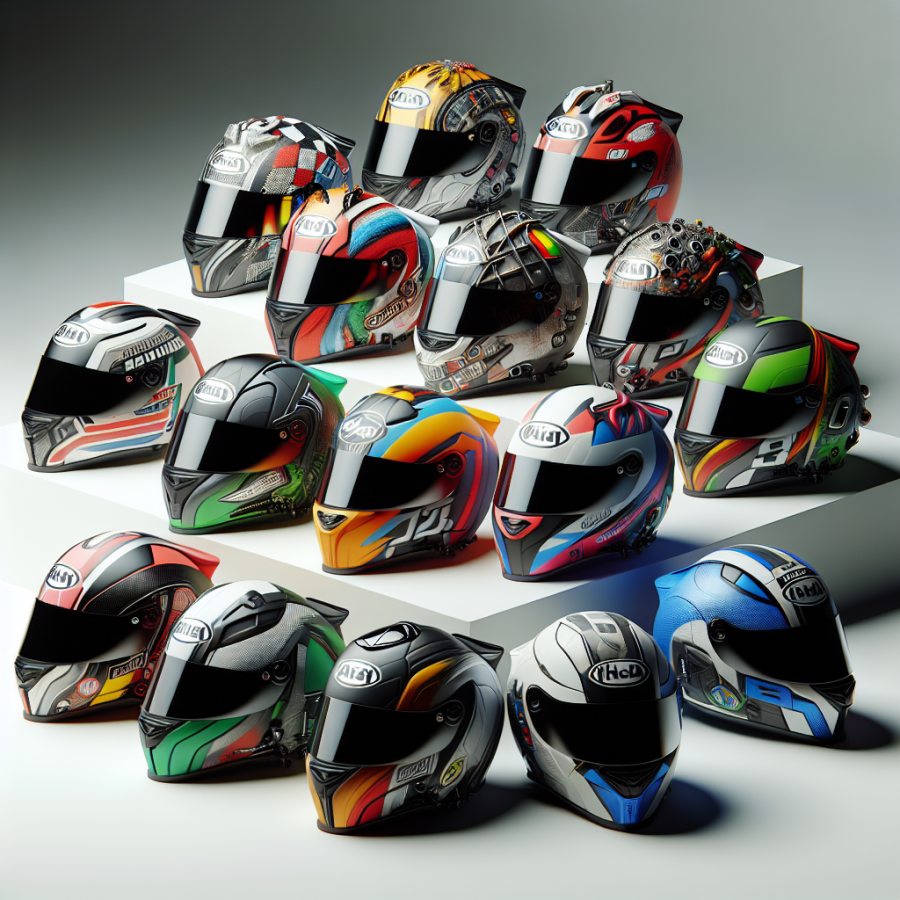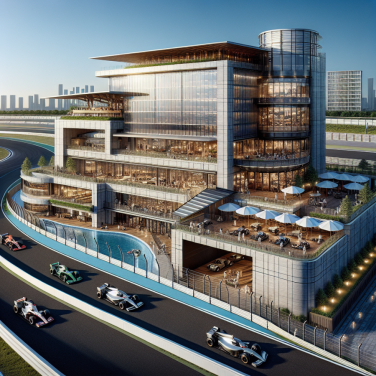Tailored for Impact: The Future of Custom-Fit Crash Helmet Technology
In an era where advancements in technology are pushing the boundaries of safety and performance, the future of crash helmet technology is taking a significant leap forward with the introduction of custom-fit solutions. As we delve deeper into this revolutionary approach, it becomes clear that personalization plays an integral role in enhancing protection for users, whether they are motorcyclists, athletes, or workers in hazardous environments.
Custom-fit crash helmet technology begins with a thorough understanding of an individual's unique head shape and size. Traditional one-size-fits-all or even multi-size helmet models often leave gaps in fitment that can lead to decreased effectiveness during impacts. With the aid of 3D scanning technologies, manufacturers can now create a helmet that conforms precisely to the contours of an individual's skull, providing unparalleled comfort and significantly improved protection. This technology ensures that the energy from an impact is distributed more evenly across the surface of the helmet, reducing the likelihood of concentrated pressure points and thus minimizing injury risk.
The materials used in custom-fit helmets are also witnessing innovation, with the integration of smart substances that can alter their behavior under different conditions. Some advanced helmets are being equipped with materials that harden on impact, such as non-Newtonian fluids or dilatant compounds, providing a flexible fit during normal use but offering solid resistance when subjected to high forces.
Advances in sensor technology are enabling helmets to not only protect but to predict and prevent incidents. Integrated sensors can monitor impacts, alerting the user to potential concussive forces that may not otherwise be evident. These sensors, along with GPS and Bluetooth connectivity, can also provide valuable data for emergency services, potentially speeding up response times in the event of an accident.
Ventilation systems within helmets are also receiving a high-tech upgrade. Personalized ventilation can be designed to match an individual's head and airflow preferences, which improves comfort and, consequently, performance. These sophisticated ventilation systems work to reduce fogging, provide cooling, and assist with moisture management, all while maintaining the structural integrity of the helmet.
Moreover, the customization process is spurring a new era of aesthetic personalization, allowing end-users to have a hand in the design elements of their helmets. In addition to the safety features, individuals can select colors, graphics, and finishes that reflect their personal style or brand identity, which is particularly appealing in competitive sports and personalized goods markets.
In conclusion, the emergence of custom crash helmets is forging a new path in protective gear, delivering both safety and individuality.
Read also:
Immerse Yourself: The Thrill and Tranquility of Scuba Diving
The industry of personal protective equipment has made significant strides over the last few years, and nowhere is this more evident than in the realm of custom crash helmets. These bespoke safety devices are revolutionizing protection by offering a tailored fit and personalized features that cater to the unique needs of each user, whether they’re motorcycle riders, race car drivers, or athletes involved in extreme sports.
Traditionally, helmets were produced in standard sizes and shapes, expecting them to fit a wide variety of head sizes and shapes. However, the one-size-fits-all approach often resulted in a less than optimal fit, compromising the level of protection and comfort for many users. With the advent of custom crash helmets, the emphasis has shifted towards a more individualized approach to safety.
One major breakthrough in the development of custom helmets is the use of 3D scanning technology. By creating a precise digital model of a person's head, manufacturers can design helmets that fit the contours and nuances of an individual's anatomy with unparalleled accuracy. This not only ensures that the helmet is comfortable to wear for extended periods but also ensures that the impact is evenly distributed across the surface during a crash, offering maximum protection where it’s needed most.
In terms of materials, custom crash helmets have benefited from advances in composite material technology. High-performance materials such as carbon fiber, Kevlar, and advanced polymers are increasingly being used due to their high strength-to-weight ratios and energy-absorbing properties. These materials can be molded into complex shapes that conform to the wearer’s head while also providing a sleek, aerodynamic profile.
Another significant advancement in custom helmets is the integration of smart technologies. Features such as built-in communication systems, heads-up displays, and even collision detection sensors are being incorporated to enhance the user experience. This technological integration not only adds to the functionality of the helmet but can also play a vital role in emergency situations, enabling riders to call for help without needing to reach for a phone.
Custom crash helmets also offer a new level of personalization beyond fit and function. With an array of designs, colors, and graphics, users can express their personalities and preferences, making their helmets a statement piece as well as a safety device. This factor, while secondary to protection, is an important consideration for many, as it fosters a stronger connection between the rider and their protective gear, potentially encouraging more consistent use.
The importance of custom fit in injury prevention cannot be overstated.
Enhancing Safety Through Personalized Helmet Design
Advancements in technology and design have paved the way for the rise of custom crash helmets, offering a fusion of personalized fit, enhanced safety features, and unique aesthetics that are revolutionizing the way we approach protective gear.
The concept of personalized helmet design focuses on the belief that when it comes to safety equipment, one size does not fit all. A custom-fitted helmet significantly reduces the risk of injuries by ensuring that the helmet is perfectly contoured to the individual's head. The creation of custom helmets involves measuring the head shape and size of a rider or driver to design a helmet that offers the maximum level of protection and comfort.
Researchers and manufacturers in the field of helmet design have developed various techniques to achieve this personalized fit. Some use 3D scanning technology to capture the exact shape of a person's head, down to the last millimeter. These scans then serve as blueprints for creating helmets with interiors that accurately match the wearer's head. Others may use foam fitting systems or adjustable pads to achieve a customized fit without the need for full-custom tooling.
The materials used in personalized helmets are also at the cutting edge of technology. Modern helmets often incorporate advanced composite materials such as carbon fiber, which offers superior strength-to-weight ratio and energy absorption properties. This ensures the helmet is not only lightweight, thus reducing neck fatigue, but also extremely durable against heavy impacts.
Internal structures within the helmets, like multi-density foam liners, are also tailored to the individual. They distribute the force of impact more evenly and minimize the risk of head injuries like concussions. Moreover, they can be designed to adjust to different impact scenarios, providing flexibility and comprehensive protection.
Personalized helmets also come with an array of integrated safety features. Some helmets may include built-in communication systems, GPS tracking, or even heads-up displays that offer real-time data without distracting the wearer. These advancements not only enhance the safety but also the experience of the user.
Additionally, the rise of bespoke helmets has brought attention to the importance of proper helmet maintenance and lifespan. Owners of custom helmets are more likely to receive precise information and services tailored to their specific gear, encouraging consistent care and timely replacement. This is crucial since the integrity of a helmet can degrade over time or after certain impacts, potentially compromising its protective qualities.
Lastly, the aesthetic possibilities of custom crash helmets are virtually limitless.




